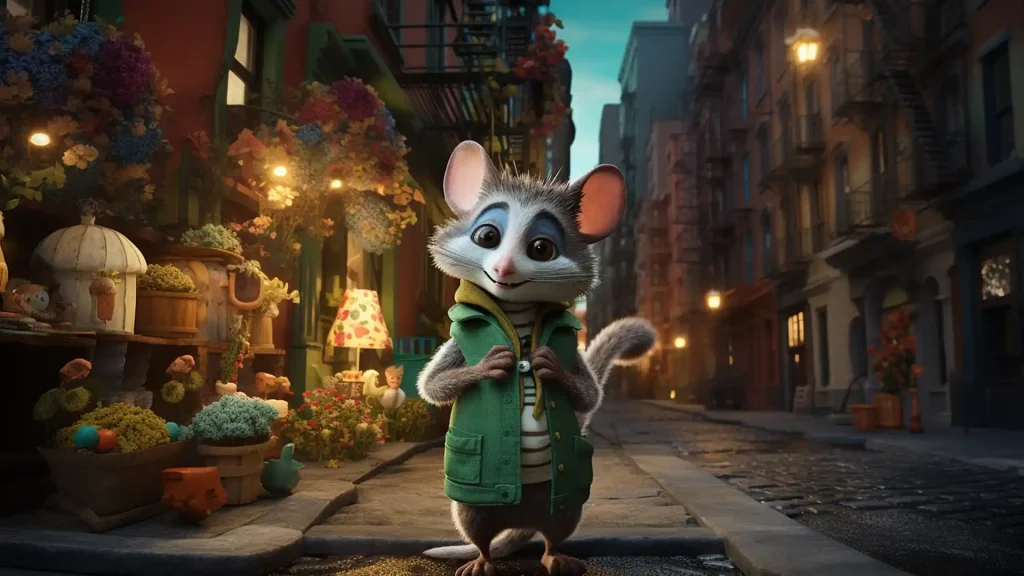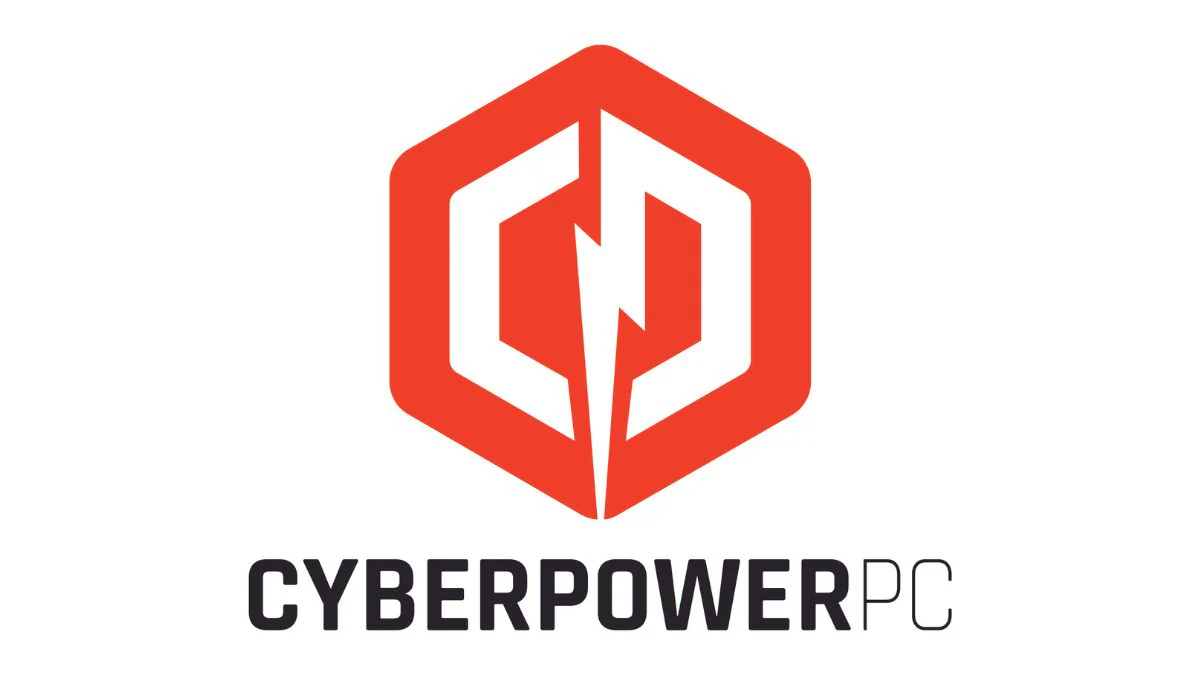Decoding Animation Realms: A 2024 Guide to 2D vs. 3D Animation
Animation, a captivating art form that brings stories to life, unfolds in two distinct realms: 2D and 3D. In this guide, we delve into the nuanced differences between 2D and 3D animation, providing insights to aid students on their artistic journey. Whether you’re sketching scenes on paper or sculpting virtual worlds, understanding these animation dimensions is key to unleashing your creative potential.
The Essence of 2D Animation
1. Traditional Charm:
- Technique: 2D animation involves creating a sequence of frames, each drawn by hand or digitally. It’s the traditional animation seen in classic cartoons.
- Expression: The simplicity of 2D lends itself well to conveying emotion and expression through character design and hand-drawn details.
- Examples: Think of iconic characters like Mickey Mouse or Bugs Bunny – they’re quintessential 2D animated creations.
2. Artistic Freedom:
- Flexibility: 2D allows for artistic freedom with a focus on stylized, hand-drawn visuals. It’s a medium where the artist’s touch is profoundly felt.
- Learning Curve: For aspiring animators, the learning curve might be gentler compared to the complexities of 3D animation.
The Depth of 3D Animation
1. Digital Sculpture:
- Technique: 3D animation involves creating characters and scenes in a three-dimensional digital environment. It’s a process akin to sculpting in the digital realm.
- Realism: The third dimension adds depth, making 3D animation ideal for realistic portrayals, architectural visualization, and complex simulations.
- Examples: Blockbuster films like “Toy Story” or “Frozen” showcase the immersive world-building prowess of 3D animation.
2. Technological Mastery:
- Tools and Software: 3D animation requires proficiency in software like Autodesk Maya or Blender, demanding technical mastery alongside artistic skills.
- Industry Applications: Widely used in films, video games, and simulations, 3D animation dominates the contemporary entertainment and design landscapes.
Choosing Your Animation Path
1. Personal Style and Expression:
- 2D: Ideal for those drawn to the charm of hand-drawn artistry and expressive character design.
- 3D: Suited for artists intrigued by digital sculpting, realism, and the technical aspects of animation.
2. Career Paths:
- 2D: Flourishes in storytelling for cartoons, illustrations, and certain types of gaming.
- 3D: Dominates in filmmaking, video game development, architectural visualization, and more.
3. Learning Journey:
- 2D: A great starting point for those easing into animation without overwhelming technical intricacies.
- 3D: Offers a deeper, technical dive for those passionate about mastering complex digital tools.
Conclusion: Blending Artistry with Technology
In the evolving landscape of animation, both 2D and 3D play pivotal roles. The choice between them hinges on personal preferences, career aspirations, and the desire to blend artistic expression with technological prowess. As students explore the vibrant world of animation at our school, they’ll find opportunities to delve into both dimensions, shaping their artistic identity in the process.
Embrace the magic of animation, whether it’s the timeless strokes of 2D or the immersive realms of 3D. Let creativity soar, and may this guide be your compass in navigating the captivating universe of animation at our esteemed school.




